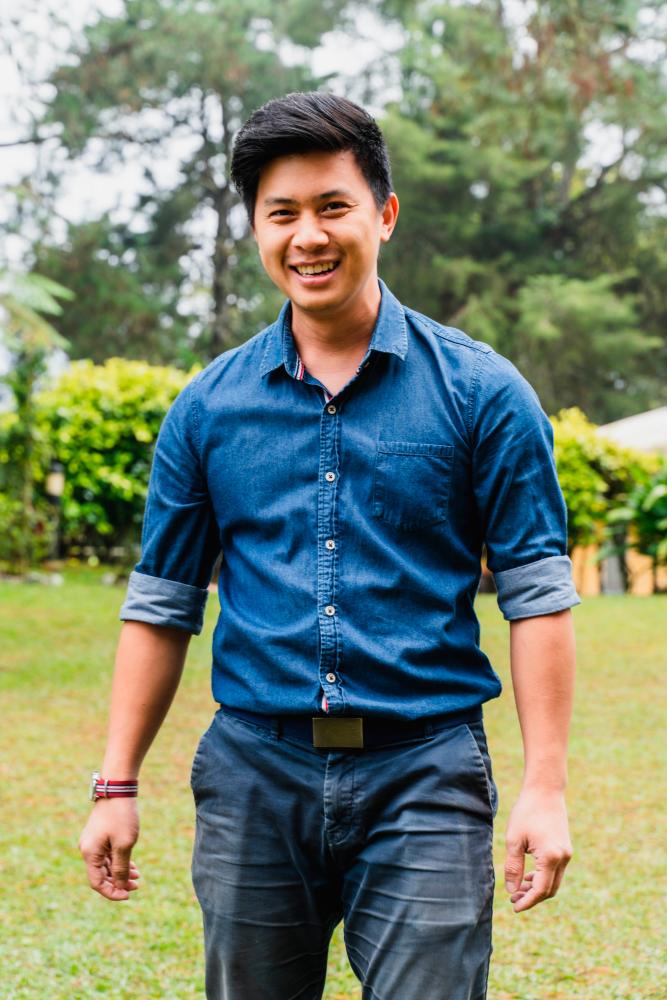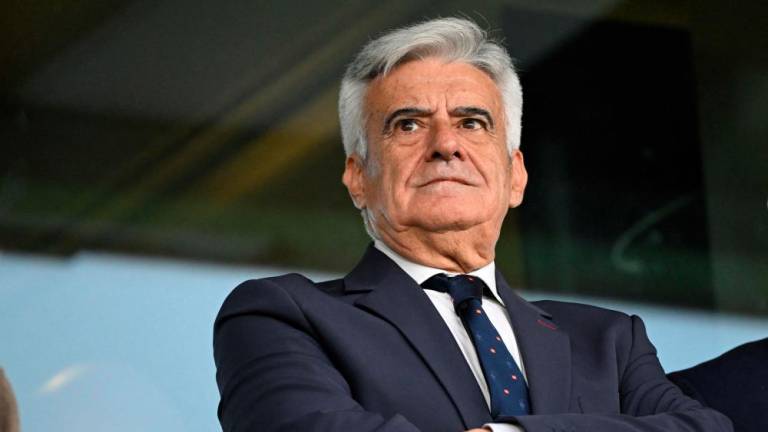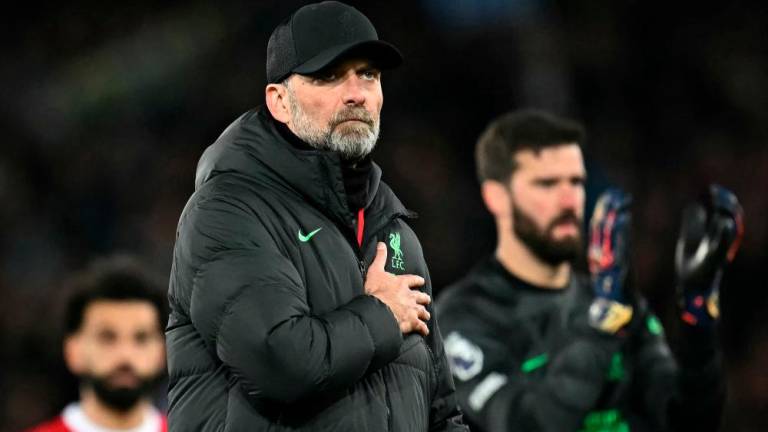LOH Jon Ming is no stranger to woodworking. As someone who has built over 150 homes, the ability to make something from scratch comes as second nature.
“I have always been a very hands-on person. I have always loved working with my hands,” he says. “Even as a child, I enjoyed tearing things apart and learning how things work.”
Since mastering his carpentry skills, Loh has put them to good use. In fact, he has been dedicating his time serving the marginalised communities through his work with EPIC Collective. A social entreprise, Loh founded the community group along with his friends to empower individuals to transform the communities and environment around them. For instance, the foundation has mobilised trained volunteers to design and develop home spaces for the Orang Asli community across the nation.
But apart from his work with the social enterprise, Loh has been gaining quite the attraction for his recent endeavour. At the end of last year, Loh began experimenting with the art of crafting wooden playsets.
To promote the children’s creativity and critical thinking, Loh was inspired to make handcrafted playsets such as building blocks and indoor climbing sets. “Since I was a carpenter, I thought it would be interesting to make my own sets. So, I started with my first set of wooden blocks and from there, things picked up as more of my friends begin sending in their requests.”
What would you call yourself – a carpenter or a toymaker?
I am actually not a professional. I just started out last year. But I am getting there. So, wood maker or carpenter sounds about right because I do not specialise in making toys. And toymaker actually gives me a picture of little elves in the north pole. So yeah, I am more comfortable with being called a carpenter.
What is the most difficult thing about making a toy?
One of the most difficult things would be getting the right quality of materials. If you are not able to get the right material, then the quality of the end product is going to be affected. So, for instance, one of the biggest difficulties would be finding high-quality plywood. Here in Malaysia, we really need to hunt for it as the quality, colour and pricing are different everywhere.
And of course, the next one would be the toy’s safety. The more toys I make, the more concerns I have received from parents. Like for instance, many would ask if they can trust the toy and if anything would happen if their child bites the toy. So, this is definitely something I think about!
Is the demand for traditional toys declining due to the tech gadgets made for kids these days?
I am not too sure about this. However, I do think modern technology like the Internet serve as great competition, especially for us as parents. At one touch of a button, our kids can say ‘I can learn all these facts, why do I need my parents?’
At one touch of a button, they can watch thousands of cartoons. Whereas wooden toys require them to find out how to build and play with them.
So, this makes it easier for gadgets to take over. But a lot of the new generation of parents have been trying to strike a balance. Like in Europe, wooden toys have been gaining quite an audience. Though it is still growing here, parents are recognising how gadgets can be unhealthy if not controlled.
How do you think parents can cultivate an environment that will encourage more to play with traditional toys?
As a parent myself, I try to limit the hours my children can engage with gadgets. Like for instance, I do not allow my children to use my phone. I only show them videos. Another way is I create a routine on how long they can use their gadgets.
So, for instance, they can only use it for 30 minutes after dinner. And so, from there, they build a pattern.
Another thing would be offering a variety of toys for kids to play with. This way they will not be bored. And thirdly tying the toys with real-life scenarios. As with wooden blocks, you can teach your child about things like trees, branches and where oxygen come from.
Was there a toy you had when you were little that inspired what you are doing today?
I was a scout during my schooling years. And throughout those years, I was camping and building structures and campsites.
We built a three-story watchtower. That experience helped me understand the quality and safety of the wood. And that lesson has come in handy!
What are your plans for the future?
We have plans of coming up with toys that will encourage parents to connect with their children. Currently, our toys are designed to promote motor skills and movement training among young toddlers. Hence, the next step would be to focus on the older children – from the age of seven to 12.
So, we are looking to make wooden seats like monkey bars that are suitable for the home. Aside from them, we are also looking to organise workshops that will encourage more interaction between the child and the parent.










